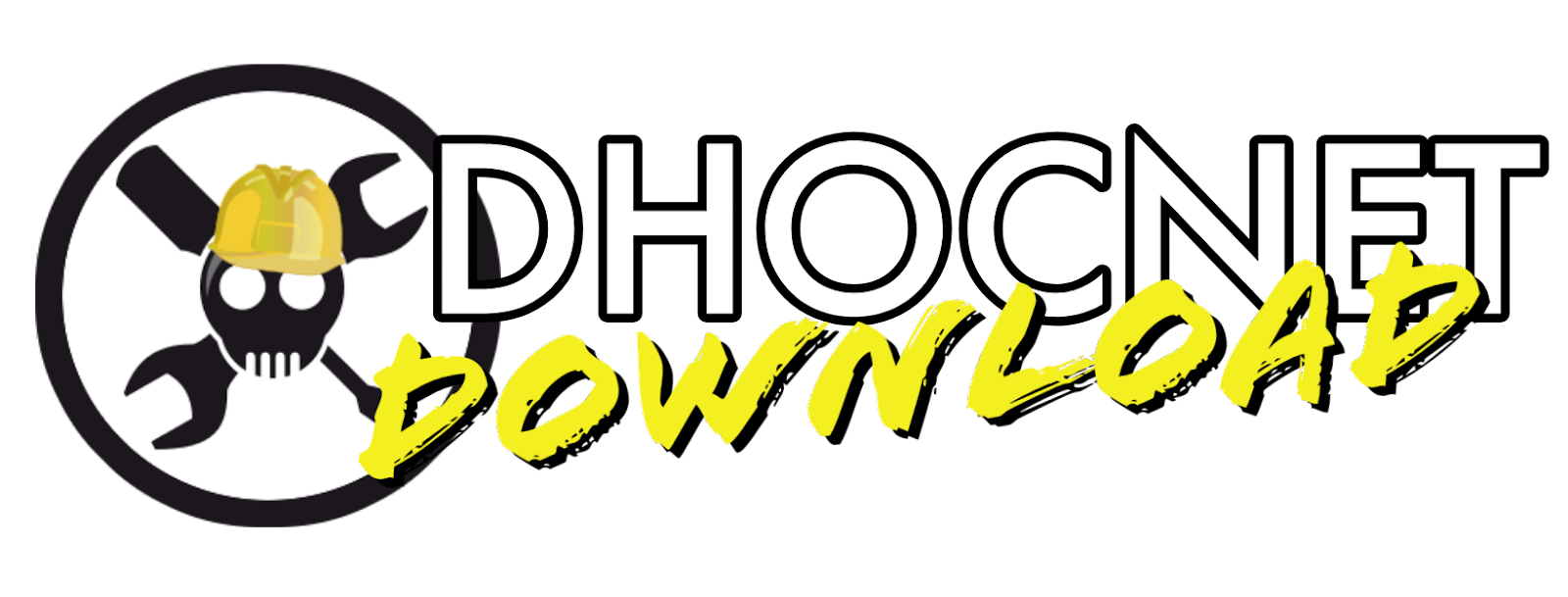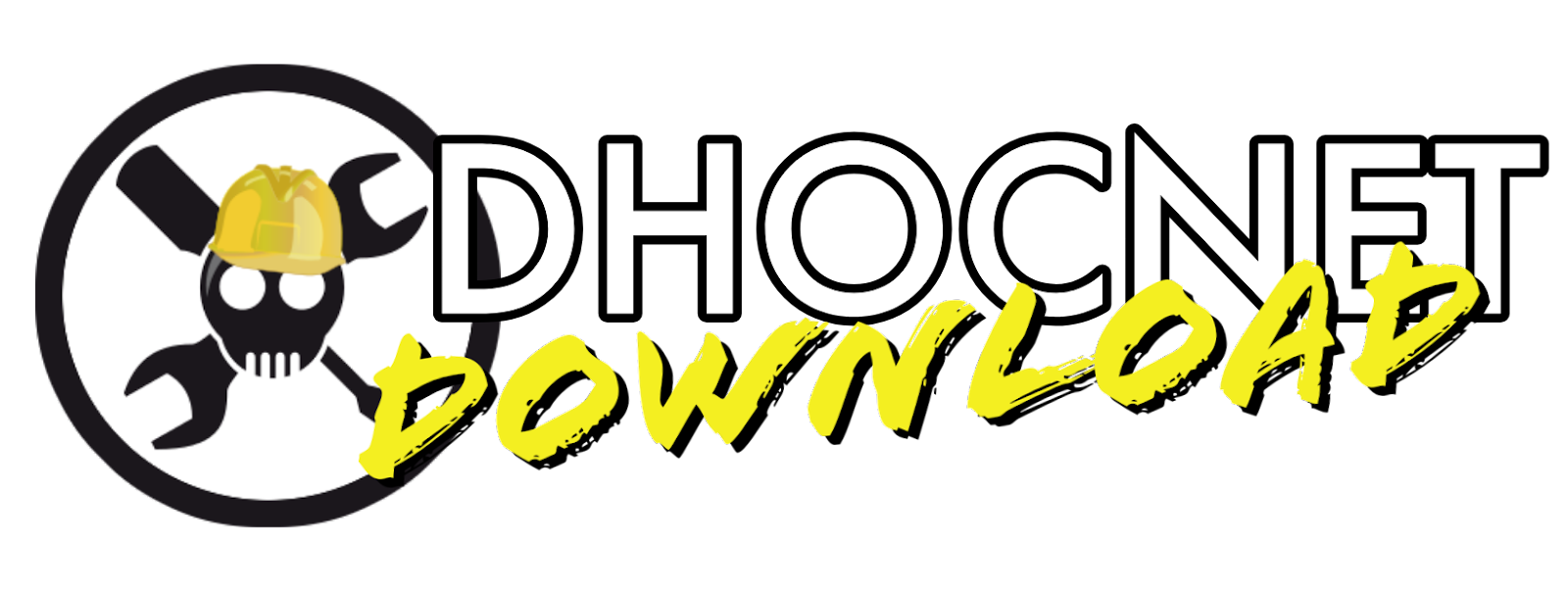Deskripsi
Download ebook PDF Red Hat Enterprise Linux 7 Networking Guide - Configuration and Administration of Networking for Red Hat Enterprise Linux 7.
Ebook PDF Red Hat Enterprise Linux 7 Networking Guide - Configuration and Administration of Networking for Red Hat Enterprise Linux 7 berisi informasi dan panduan yang relevan mengenai konfigurasi dan administrasi kartu jaringan LAN, jaringan serta layanan jaringan pada Red Hat Enterprise Linux 7. Buku ini berorientasi pada pemahaman dasar Linux dan Jaringan.
Judul buku: Red Hat Enterprise Linux 7 Networking Guide - Configuration and Administration of Networking for Red Hat Enterprise Linux 7
Bahasa: Inggris
Tebal: 224 halaman
Format buku: PDF
Software: Sumatra PDF Reader
Ukuran: 8.8MiB
Download: Red Hat Enterprise Linux 7 Networking Guide
Daftar Isi
Part I. IP Networking
Chapter 1 . Introduction to Red Hat Enterprise Linux Networking
1.1. How this Book is Structured
1.2. IP Networks versus non-IP Networks
1.3. Introduction to NetworkManager
1.4. Installing NetworkManager
1.5. Network Configuration Using a Text User Interface (nmtui)
1.6 . Network Configuration Using NetworkManager's CLI (nmcli)
1.7. Network Configuration Using the Command-Line Interface (CLI)
1.8 . NetworkManager and the Network Scripts
1.9 . Network Configuration Using sysconfig Files
1.10 . Additional Resources
Chapter 2 . Configure IP Networking
2.1. Static and Dynamic Interface Settings
2.2. Using the Text User Interface, nmtui
2.3. Using the NetworkManager Command Line Tool, nmcli
2.4. Using the Command Line Interface (CLI)
2.5. Using NetworkManager with the GNOME Graphical User Interface
2.6 . Additional Resources
Chapter 3. Configure Host Names
3.1. Understanding Host Names
3.2. Configuring Host Names Using Text User Interface, nmtui
3.3. Configuring Host Names Using hostnamectl
3.4. Configuring Host Names Using nmcli
3.5. Additional Resources
Chapter 4 . Configure Network Bonding
4.1. Understanding the Default Behavior of Master and Slave Interfaces
4.2. Configure Bonding Using the Text User Interface, nmtui
4.3. Using the NetworkManager Command Line Tool, nmcli
4.4. Using the Command Line Interface (CLI)
4.5. Using Channel Bonding
4.6 . Creating a Bond Connection Using a GUI
4.7. Additional Resources
Chapter 5. Configure Network Teaming
5.1. Understanding Network Teaming
5.2. Understanding the Default Behavior of Master and Slave Interfaces
5.3. Comparison of Network Teaming to Bonding
5.4. Understanding the Network Teaming Daemon and the "Runners"
5.5. Install the Network Teaming Daemon
5.6 . Converting a Bond to a Team
5.7. Selecting Interfaces to Use as Ports for a Network Team
5.8 . Selecting Network Team Configuration Method's
5.9 . Configure a Network Team Using the Text User Interface, nmtui
5.10 . Configure a Network Team Using the Co mmand Line
5.11. Controlling teamd with teamdctl
5.12. Configure teamd Runners
5.13. Creating a Network Team Using a GUI
5.14. Additional Resources
Chapter 6 . Configure Network Bridging
6 .1. Configure Bridging Using the Text User Interface, nmtui
6 .2. Using the NetworkManager Command Line Tool, nmcli
6 .3. Using the Command Line Interface (CLI)
6 .4. Configure Network Bridging Using a GUI
6 .5. Additional Resources
Chapter 7 . Configure 802.1Q VLAN tagging
7.1. Selecting VLAN Interface Configuration Method's
7.2. Configure 802.1Q VLAN tagging Using the Text User Interface, nmtui
7.3. Configure 802.1Q VLAN Tagging Using the Command Line Tool, nmcli
7.4. Configure 802.1Q VLAN Tagging Using the Command Line
7.5. Configure 802.1Q VLAN Tagging Using a GUI
7.6 . Additional Resources
Chapter 8 . Consistent Network Device Naming
8 .1. Naming Schemes Hierarchy
8 .2. Understanding the Device Renaming Procedure
8 .3. Understanding the Predictable Network Interface Device Names
8 .4. Naming Scheme for Network Devices Available for Linux on System z
8 .5. Naming Scheme for VLAN Interfaces
8 .6 . Consistent Network Device Naming Using biosdevname
8 .7. Notes for Administrators
8 .8 . Controlling the Selection of Network Device Names
8 .9 . Disabling Consistent Network Device Naming
8 .10 . Troubleshooting Network Device Naming
8 .11. Additional Resources
Part II. InfiniBand and RDMA Networking
Chapter 9 . Configure InfiniBand and RDMA Networks
9 .1. Understanding InfiniBand and RDMA technologies
9 .2. InfiniBand and RDMA related software packages
9 .3. Configuring the Base RDMA Subsystem
9 .4. Configuring the Subnet Manager
9 .5. Testing Early InfiniBand RDMA operation
9 .6 . Configuring IPo IB
9 .7. Configure InfiniBand Using the Text User Interface, nmtui
9 .8 . Configure IPo IB using the command-line tool, nmcli
9 .9 . Configure IPo IB Using the command line
9 .10 . Testing an RDMA network after IPo IB is configured
9 .11. Configure IPo IB Using a GUI
9 .12. Additional Resources
Part III. Servers
Chapter 10 . DHCP Servers
10 .1. Why Use DHCP?
10 .2. Config uring a DHCP Server
10 .3. DHCP Relay Agent
10 .4. Config uring a Multihomed DHCP Server
10 .5. DHCP for IPv6 (DHCPv6 )
10 .6 . Additional Resources
Chapter 11 . DNS Servers
11.1. Introduction to DNS
11.2. BIND
Chapter 12 . Squid
12.1. Introduction to Squid
12.2. Installing and Running Squid
12.3. Squidconfiguration
12.4. Squid Authentication
12.5. Using Squid for Restricting Access
12.6 . Additional Resources: Installed Documentation
Appendix A. Revision History
A.1. Acknowledgments
Index








